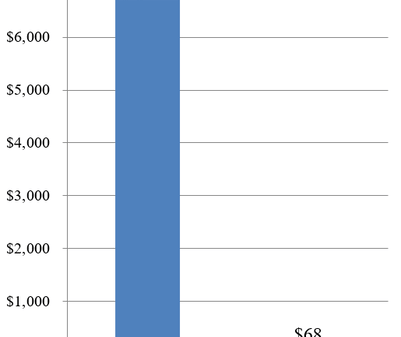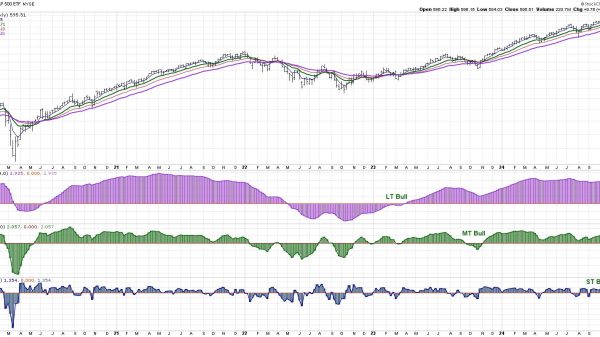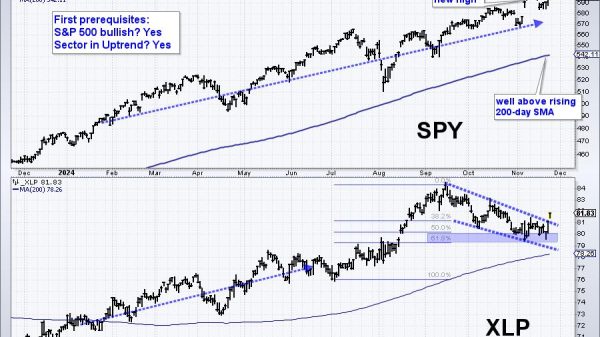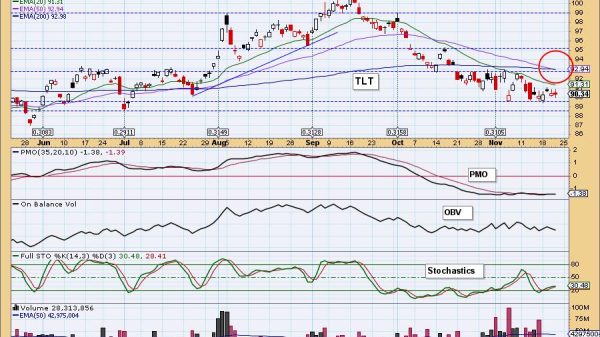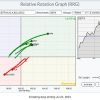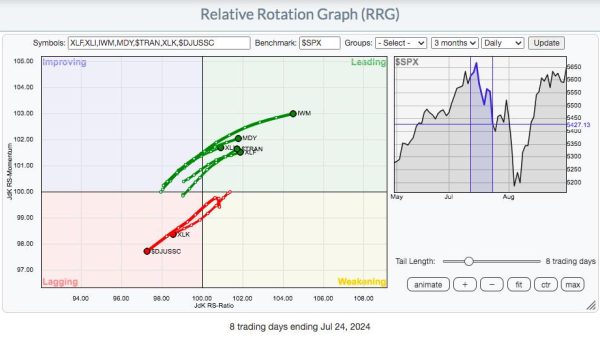
While announcing an interest rate cut this week, Federal Reserve Chair Jerome Powell made comments about immigration that many have misconstrued to argue that immigration is increasing unemployment.
Question: We’ve only been running a little above a hundred thousand jobs a month on payroll the last three months. Do you view that level of job creation as worrying or alarming, or would you be content if we were to kind of stick at that level?
Powell: It depends on the inflows, right? If you’re having millions of people come into the labor force then, and you’re creating a hundred thousand jobs, you’re going to see unemployment go up. So, it really depends on what’s the trend underlying the volatility of people coming into the country. We understand there’s been quite an influx across the borders, and that has actually been one of the things that’s allowed [the] unemployment rate to rise, and the other thing is just the slower hiring rate, which is something we also watch carefully. So, it does depend on what’s happening on the supply side.
Powell was not saying that immigration caused unemployment. Rather, he was making a simple point about basic mathematics. He was explaining how it is possible that high job growth was continuing, but the unemployment rate had still risen somewhat. From a mere mathematical standpoint, immigration has “allowed the unemployment rate to rise” alongside more employment because, without immigration, employment would have fallen.
Powell’s point was that if this level of job growth continued without immigration, then this would be a sign of a healthy labor market. However, given the reality of how many new immigrants have come, job growth right now needs to be even higher to keep the unemployment rate low—hence the rate cut.
Powell is absolutely clear that he believes the labor market is in good shape, notwithstanding the “influx across the borders.” Some quotes:
We’ll start with unemployment, which is the single most important one probably, you’re at 4.2 percent. That’s, I know it’s higher, we were used to seeing numbers in the mid- and even below mid-threes last year, but if you look back over the sweep of the year, that’s a low, that’s a very healthy unemployment rate. And anything in the low fours is a really good labor market.
Participation is at high levels … adjusted for demographics for aging.
Wage increases are still just a bit above where they would be over the very longer term to be consistent with 2 percent inflation, but they’re very much coming down to what that sustainable level is. So, we feel good about that.
Vacancies per unemployed is back to what is still a very strong level. It’s not as high as it was. That number reached 2 to 1, two vacancies for every unemployed person, as measured, it’s now below, it’s around one. But that’s still a very good number.
Quits have come back down to normal levels, I mean I could go on and on. There are many, many employment indicators and what do they say? They say this is still a solid labor market.
Clearly, labor market conditions have cooled off by any measure, as I talked about in Jackson Hole, but they’re still at a level, the level of those conditions is actually pretty close to what I would call maximum employment…
Moreover, Powell does not think that the influx of immigration is the cause for the slightly higher unemployment rate in recent months. Rather, it is clear that he blames general economic conditions influenced by high interest rates for the slowdown:
There has been change particularly over the last few months and so what we say is, as the risks, the upside risks to inflation have really come down, the downside risks to employment have increased and because we have been patient and held our fire on cutting while inflation has come down.
The labor market is actually in solid condition. And our intention with our policy move today is to keep it there.
With an appropriate recalibration of our policy, we can continue to see the economy growing and that will support the labor market.
We don’t think we need to see further loosening in labor market conditions to get inflation down to 2 percent. But we have a dual mandate, and I think you can take this whole action as, take a step back, what have we been trying to achieve? We’re trying to achieve a situation where we restore price stability without the kind of painful increase in unemployment that has sometimes come with disinflation.
Powell is partly reducing interest rates to prevent further increases in the still-low unemployment rate. The same factors cause unemployment rates for both immigrants and US-born Americans. Figure 1 shows the unemployment rate for immigrants and the US-born. It demonstrates that the same underlying economic conditions cause the unemployment rate to rise and fall for both groups. Figure 2 shows the number of unemployed US-born compared to employed immigrants, showing that the significant rise in immigrant employment has not caused an increase in unemployment among US-born Americans. More employed immigrants are associated with fewer US-born unemployed workers.
Immigrants are not taking jobs away from Americans or causing the unemployment rate to rise. A decline in immigration would be a bad sign for the labor market. Immigrants come when job opportunities exist. As the labor market has cooled, fewer immigrants have been crossing the border illegally since the start of the year. With inflation coming under control and the interest rate being cut, let’s hope policymakers can create a legal way for the next group to come.





